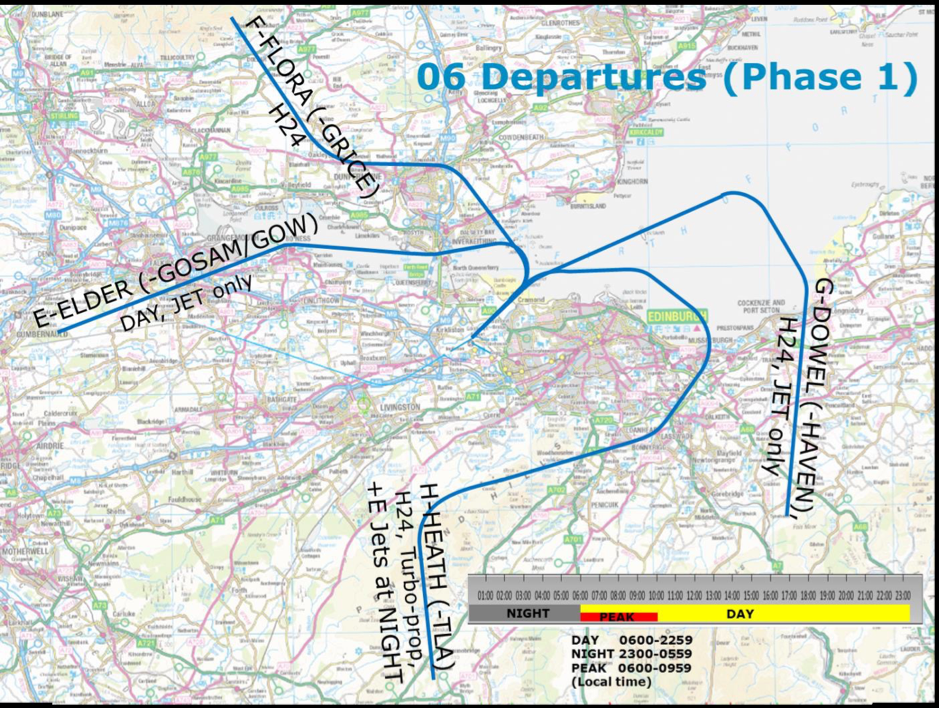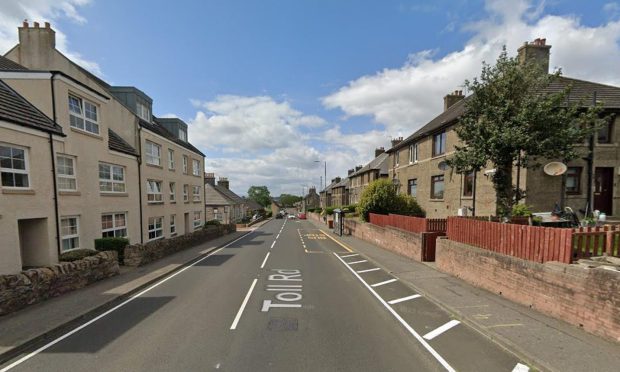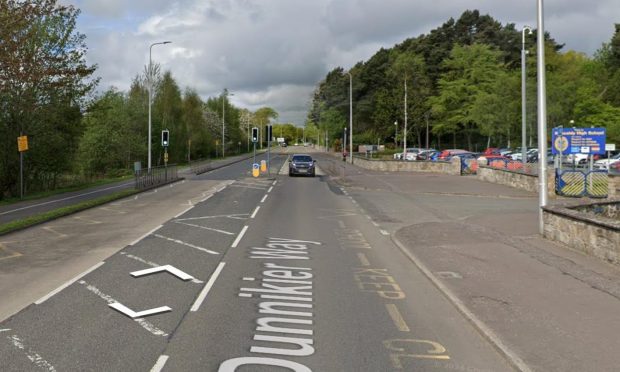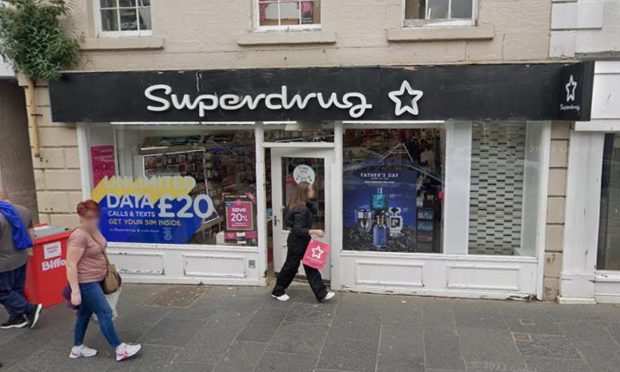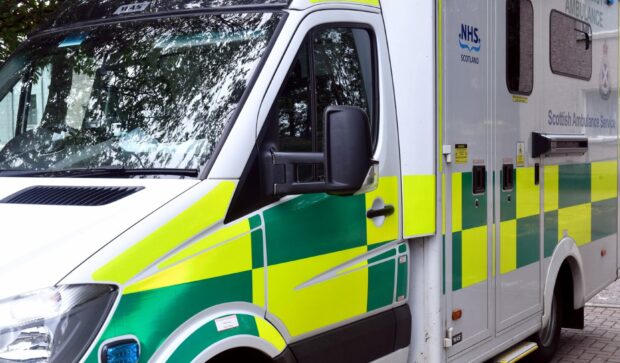Edinburgh Airport has revealed proposed flight path changes being submitted to the Civil Aviation Authority.
It follows a consultation with local communities, during which concerns were raised about homes in Fife being overflown and suffering from increased noise.
The airport said it had balanced the concerns of residents with operational requirements in selecting up-to-date RNAV routes to replace the old radio beacon system dating back to the 1950s.
Its Airspace Change programme will increase the hub’s capacity.
The number of passengers using the airport is expected to rise from 12 million to 15 million by 2025.
Airport chief executive Gordon Dewar said there would be “further dialogue” with communities before a final decision is reached.
He said: “As part of our ongoing engagement with local communities and people who took the time to respond to our consultation, we have contacted those who wished to be kept informed of developments to inform them that our Airspace Change proposal will be submitted to the Civil Aviation Authority on Thursday.
“The listening exercise we embarked upon has been crucial to our thinking and we have altered our application following the feedback we received, demonstrating the importance of that public engagement.
“We are now favouring a phased approach based on the premise that we should only use any new routes when they are required, and that we should explain very clearly when that is and why. We’ve also restricted these routes to peak hours, substantially reducing any potential impact on communities whilst delivering the capacity when it is required.
“We believe this application will deliver future economic growth for Edinburgh and Scotland, and strikes the best possible balance between those benefits and our communities’ requirements, our operational requirements and the requirements of our regulator, the CAA.
“As promised throughout the process, we will publish a full rationale on our decision making and the basis on how we arrived at our choice at the end of this month.
“The CAA will now consider our application over the next few months and our publication out later this month will allow people to understand our reasoning well in advance of the final decision.
“There is still a way to go and we of course welcome continued dialogue to ensure this process is as open and transparent as possible.”

